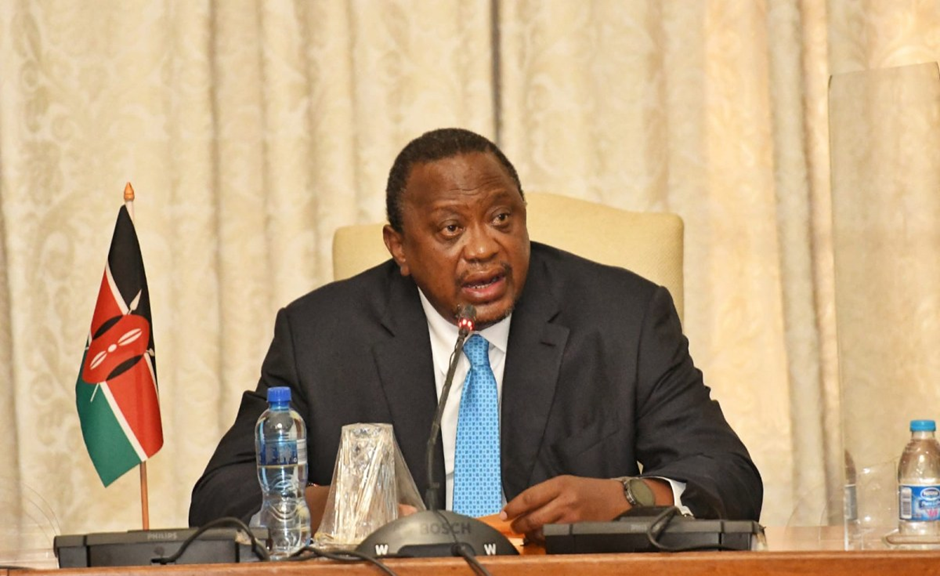
Introduction
In recent years, East African nations have begun to play a more active role in regional space science initiatives. By pooling resources, expertise, and research capabilities, countries in the region are positioning themselves to participate meaningfully in global space activities. Collaboration has become essential, as the high cost and technical demands of space programs are often too great for individual nations to manage alone.
Building Regional Partnerships
East African countries such as Kenya, Ethiopia, Rwanda, and Uganda have taken steps toward creating regional networks for space research and technology. These alliances focus on areas like satellite development, remote sensing, climate monitoring, and communication infrastructure. Joint programs allow member states to share data, reduce duplication of efforts, and increase access to critical space-based services.
Shared Research and Infrastructure
Regional cooperation enables countries to pool investments in costly infrastructure such as ground stations, satellite assembly facilities, and research laboratories. For instance, shared earth observation networks can provide valuable data for agriculture, environmental management, and disaster response across borders. This approach not only reduces costs but also enhances the quality and availability of scientific outputs.
Capacity Development Through Collaboration
One of the major benefits of regional partnerships is the opportunity for joint training and knowledge exchange. Universities and research institutions within the region are establishing joint programs in space science, aerospace engineering, and data analytics. These collaborations allow students and professionals to access a broader range of expertise and technology than they could in a single-country setting.
Strengthening Policy and Governance
Space activities require strong regulatory frameworks to address issues such as spectrum allocation, space debris management, and ethical use of satellite imagery. Regional cooperation provides a platform for harmonizing policies and setting shared standards. This ensures that all participating countries operate under common guidelines, making joint missions more efficient and legally secure.
Global Integration Through Regional Strength
By presenting a united front, East African nations are better positioned to engage with larger space powers and global organizations. Collaborative missions and shared research outputs increase the region’s visibility and credibility in international forums. This opens doors to technology transfers, funding opportunities, and participation in multinational projects.
Challenges to Overcome
Despite the promise of regional space cooperation, challenges remain. These include disparities in technological capacity among member states, competition for limited resources, and occasional differences in national priorities. Political instability in some areas can also disrupt ongoing projects and delay progress.
The Path Forward
Strengthening regional institutions, securing sustainable funding, and fostering trust among member states are critical steps for advancing space science collaboration. Expanding joint projects, encouraging cross-border academic exchanges, and leveraging international partnerships will help East Africa build a stronger, more integrated space research community.
Conclusion
East Africa’s growing participation in regional space science collaboration is setting the stage for a more connected, capable, and competitive presence in the global space arena. By working together, the region can maximize its scientific achievements, boost innovation, and ensure that the benefits of space technology are shared widely among its people.


